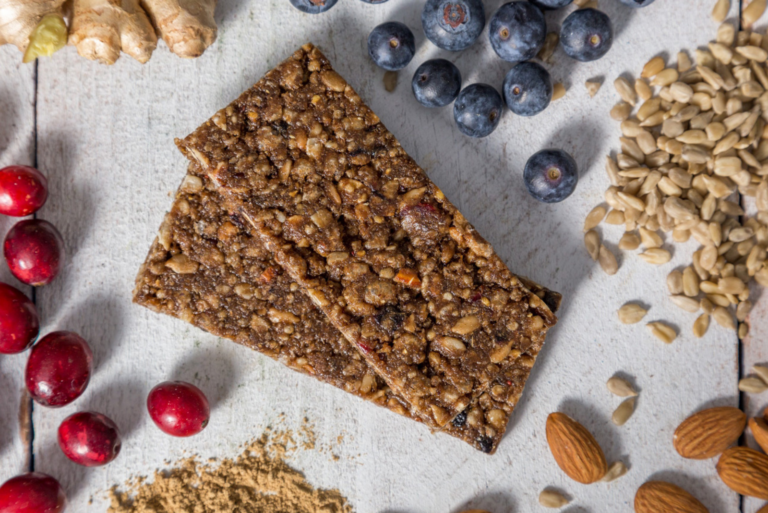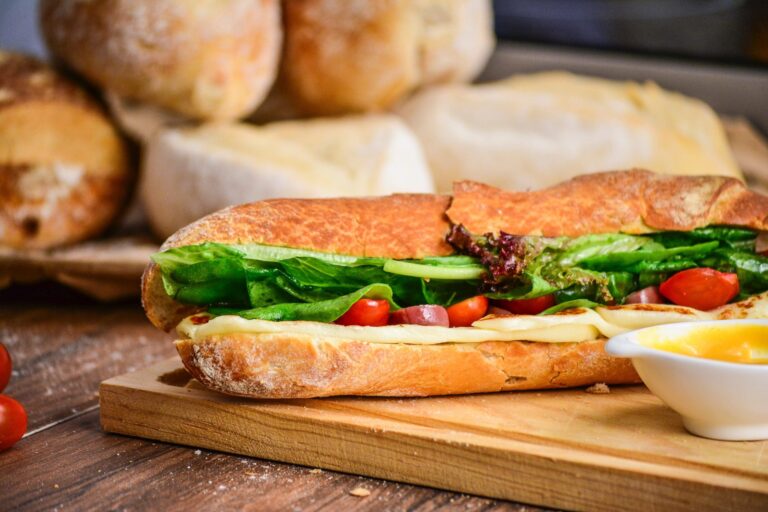KANSAS CITY, MO — Despite the supply chain struggles that are pummeling the industry — and the world — business is still booming for bakeries.
That’s what Shawn Moye, VP of sales for Reading Bakery Systems, drove home while discussing the intricacies and never-ending problems of the supply chain. “Some are forecasting a 6% GDP for this year and saying we will stay on this pace for 2022 as well,” Moye said. “We’re as busy as we’ve ever been, and the demand is sky high.”
Although that seems like a good problem to have, increased business with a raw materials shortage is a recipe for complications. In this series installment of Sounding the alarm on supply chain, a group of industry executives elaborates on how new strategies and collaboration can help.
Pre-pandemic, there were essentially two types of customers: those who shopped on price and those who prioritized relationships. And in COVID’s upheaval, relationships have made the difference.
“Customers who have had long-term relationships with their suppliers are performing better than the ones who have typically been focused on price with shorter-term relationships,” said Lisa Anderson, supply chain consultant and president of LMA Consulting. “I work with a lot of equipment manufacturers, and they’re clearly having trouble getting their raw materials, and with the extended lead times and a shortage of labor, it’s become a never-ending cycle.”
At Benchmark, a ProMach brand, Vince Tamborello, VP of business development, has seen the pay-off of prioritizing those long-standing relationships amid the chaos.
“If you’ve maintained a relationship for 20 years, you’re definitely in a better place to get parts from that supplier,” he said. “And if you haven’t talked to a supplier for 20 years because you’ve been doing everything in-house, you’re probably going to be at the back of the line. There’s a networking aspect that’s hugely important when there’s scarcity.”
And according to Anderson, it may be a while before the disruption subsides. She noted that it may be 2023 before anything is resolved, but it’s also important to manage expectations of what “resolution” will look like.
“I’ve started advising people to not think in terms of things going ‘back to normal,’” she said. “We need to find different strategies. Those weaker players that didn’t have the long-term relationships might not make it through this, which will add more volume to the stronger ones.”










